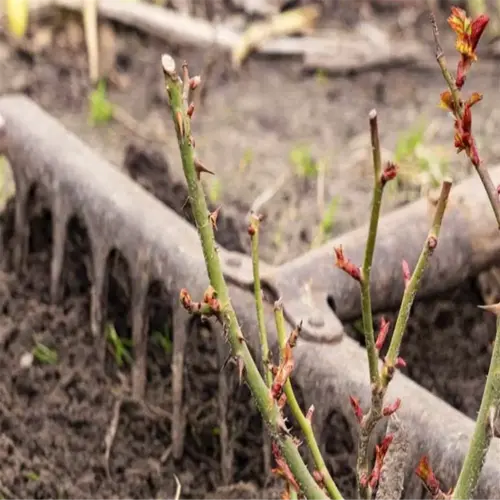Do banana plants regrow after harvest?

Written by
Julia Anderson
Reviewed by
Prof. Martin Thorne, Ph.D.The experience of observing my first banana plant die- the harvest was more of a loss than anything- but it was when the suckers began to emerge from that dead plant, the mother's rhizome, that propelled me back to the mother again and a chance to continue through these pups. You'll need to manage them accordingly as I learned after losing three crops to babies that were overcrowded in the root zone.
Mother Plant Lifecycle
- Dies after fruiting (9-18 months)
- Transfers nutrients to suckers through rhizome
- Leave intact until pups reach 2ft tall
- Cut at soil level once suckers establish
Sucker Selection
- Choose pups 3-4ft tall with sword-shaped leaves
- Remove water suckers (round leaves) immediately
- Keep 1-2 sword suckers per mother plant
- Space 5ft apart for optimal light exposure
Undersized banana yields are a result of overcrowding. In the past, I once left six suckers thinking that I might get a jungle effect with my strawberry bananas but instead got pea-sized fruit. Now experiencing productivity dissatisfaction, I am more ruthless in removing suckers, opting to keep only the veneer strong. It is important to use a sharp spade and sever the pups at the rhizome level. If you are twisting and pulling, you will damage the `root networks'.
Transplanting Tips
- Sterilize tools with rubbing alcohol pre-cut
- Plant 12 inches deep in 50% compost mix
- Water daily for 14 days post-transplant
- Mulch with dried banana leaves to retain heat
The two-generation rule, taught to me by my Hawaiian mentor, dictates that you should always have one fruiting plant and the associated sucker to replace it. This system provides a harvest every year. Seven years later, that first rhizome is still producing fruit and is a demonstration of how bananas are perennial with consistent care.
Read the full article: How to Grow Bananas: Expert Tips for Bountiful Harvests

